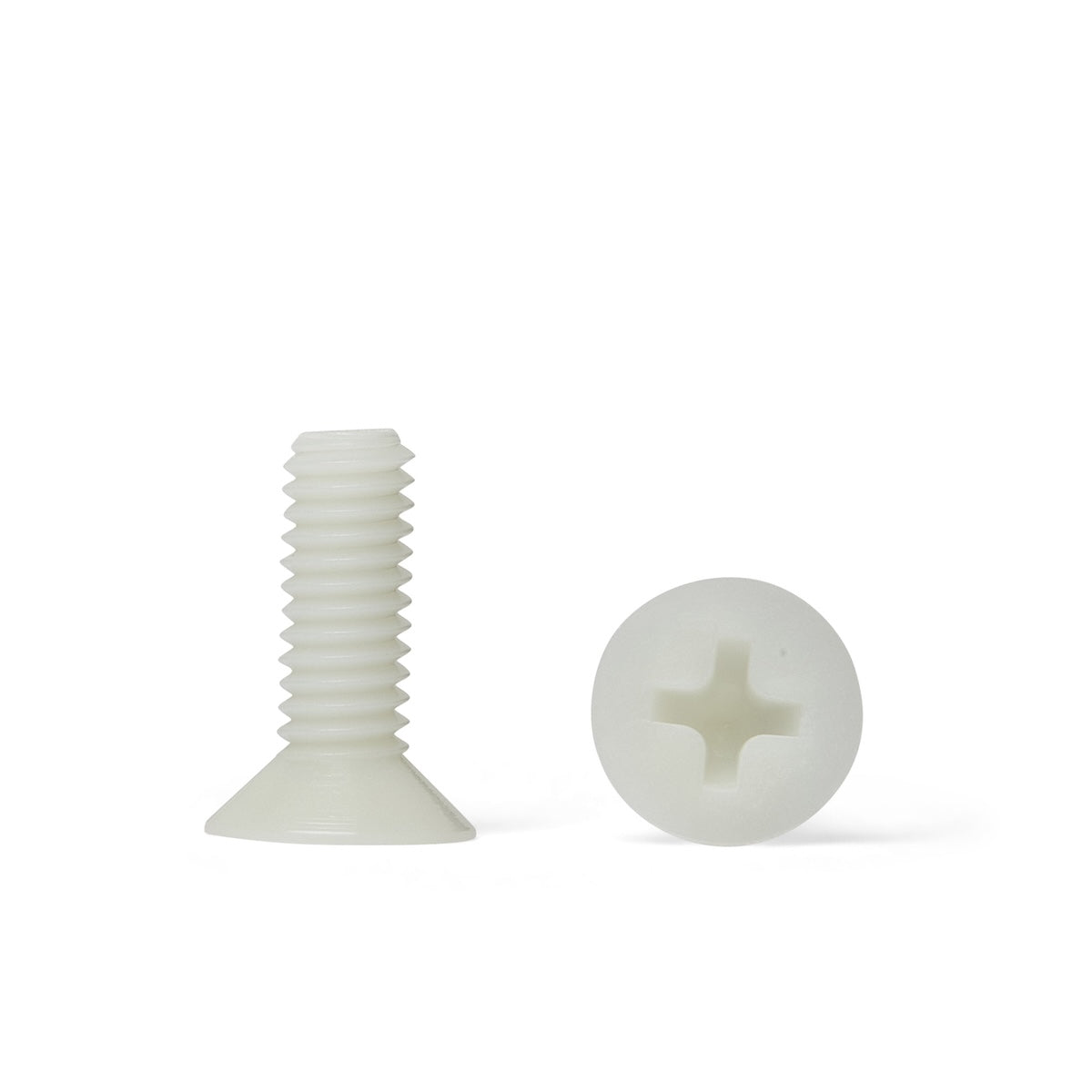Polymer-Plastic Fasteners have emerged as a game-changing innovation in the realm of fixings, offering a compelling alternative to traditional metal fasteners. Their lightweight design, corrosion resistance, and versatility make them a preferred choice across various industries. However, understanding the nuances of sizing is crucial, with the primary distinction lying in the choice between Imperial and Metric measurements.
The versatility of Polymer-Plastic Fasteners is exemplified by their ability to cater to both Imperial and Metric sizing standards. These fasteners, encompassing screws, nuts, and washers, are manufactured to accommodate the preferences and specifications of diverse engineering projects. The choice between Imperial and Metric sizing often depends on the geographic location, industry standards, and specific requirements of the application.
Imperial sizing, rooted in historical British measurement systems, involves units such as inches and fractions. Polymer-Plastic Fasteners in Imperial sizes are expressed in increments like #4, #6, #8, #10, 1/4", 5/16", 3/8", and 1/2" for screws, and 1/4", 5/16", 3/8", 1/2", 5/8", and 3/4" for nuts. The imperial system is prevalent in the United Kingdom and the United States, and its continued use in certain industries underscores the importance of offering fasteners in these specific measurements.
On the other hand, the Metric system, with its origins in continental Europe, employs units like millimeters and centimeters. High Performance Polymer-Plastic Fasteners designed with Metric sizing adhere to measurements such as M3, M4, M5, M6, M8, and M10 for screws, and M6, M8, M10, M12, M16, and M20 for nuts. The Metric system has gained widespread acceptance globally, particularly in Europe and many parts of Asia, becoming the standard in various industries due to its uniformity and ease of use in scientific and engineering applications.
The choice between Imperial and Metric sizing for Polymer-Plastic Fasteners is often influenced by regional practices and specific project requirements. In the United Kingdom, where both Imperial and Metric systems are in use, engineers and manufacturers may opt for Imperial sizing in projects with historical or industry-specific conventions. Meanwhile, industries embracing the Metric system prioritise the precision and ease of conversion it offers, leading to the preference for Metric-sized fasteners.
Polymer-Plastic Fasteners in both Imperial and Metric sizes share common attributes that make them stand out in the fastening landscape. Their lightweight composition is advantageous in applications where weight considerations are paramount, such as in aerospace and automotive engineering. The corrosion resistance of these fasteners ensures longevity and reliability in diverse environmental conditions, a key factor in reducing maintenance costs and enhancing the lifespan of structures and components.
The versatility of these fasteners is underscored by their adaptability to various industries, including construction, electronics, and machinery. The non-conductive nature of High Performance Polymer-Plastic Fasteners makes them suitable for electrical applications, mitigating the risk of interference with electrical currents and ensuring safety. Additionally, their resilience to extreme temperatures and resistance to chemical exposure further enhance their applicability in a wide array of engineering projects.
In conclusion, Polymer-Plastic Fasteners offer a revolutionary approach to fastening solutions, providing a lightweight, corrosion-resistant, and versatile alternative to traditional metal fasteners. The choice between Imperial and Metric sizing reflects the diverse needs of industries and geographic preferences, emphasising the importance of flexibility in manufacturing. As these innovative fasteners continue to shape modern engineering, their ability to cater to both sizing standards ensures widespread adoption and application across the global industrial landscape.

